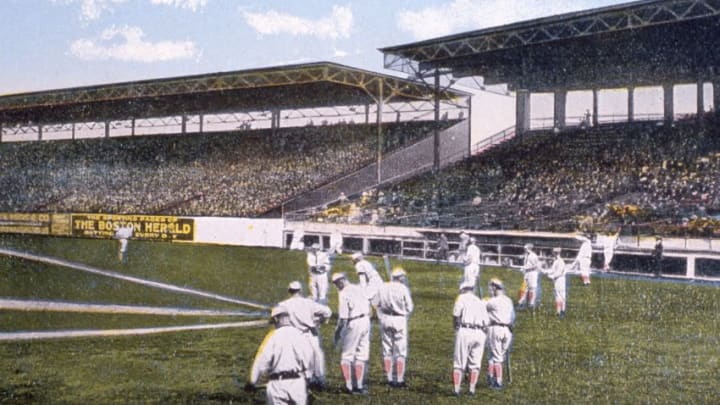
Second Base
The more things change the more they stay the same at second base be it the Dead Ball Era or today. The Red Sox shifted through a collection of second basemen in that era so my selection is another player-manager in right-hand hitting Jack Barry. Barry came to Boston as a shortstop via a fire sale by A’s owner Connie Mack but became stationed at second.
Barry’s first two seasons were championships and in 1917 Barry also took over as manager. That is where Barry really stepped up, but it was not baseball as he enlisted in the military as the nation went to war. Barry missed the 1918 season and retired after a poor 1919. That started his second career as a baseball coach for Holy Cross for 40 years.
Honorable Mention: Winning championships carriers weight and Hobe Ferris hit .251 for the 1903 team coupled with solid defense. Ferris played nine seasons in the majors and has a interesting statistic – a career .265 OBP.
